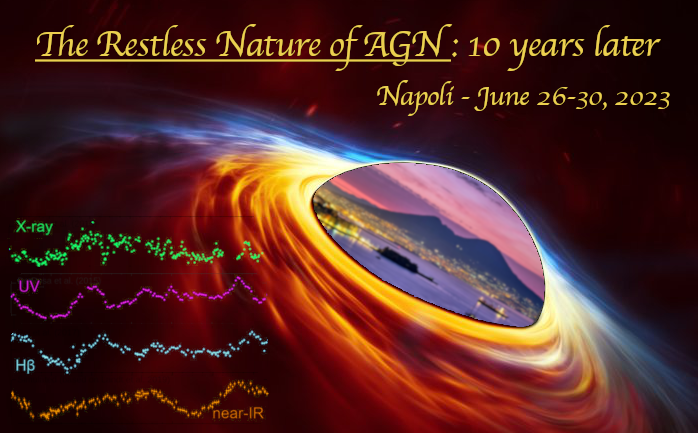Speaker
Description
Brightness variations of active galactic nuclei (AGNs) provide an alternative way to identify AGN candidates that could be missed by more traditional selection techniques. In this talk, I will first present a new variability and color-based classifier, designed to identify multiple classes of transients, persistently variable, and non-variable sources, from the Zwicky Transient Facility (ZTF) Data Release 11 (DR11) and ZTF forced aperture photometry light curves of extended and point sources. The main motivation of this model is to identify AGN candidates, but it can be used for more general time-domain astronomy studies. We used a hierarchical local classifier per parent node approach, to classify a total of 17 classes, including non-variable objects, transients, and stochastic and periodic variables. With this model, we have been able to identify AGN candidates at different redshifts and with different ranges of mass and luminosity. Then, I will present an anomaly detection (AD) technique designed to identify AGN light curves with anomalous behaviors. The main aim of this work is to identify changing-state AGNs (CSAGNs) at different stages of the transition, but it can also be used for more general purposes. We modeled ZTF DR5 light curves of 230,458 AGNs with a Variational Recurrent Autoencoder (VRAE) architecture, that allowed us to obtain a set of attributes from the VRAE latent space that describes the general behavior of our sample. These attributes were then used as features for an Isolation Forest (IF) algorithm. We used the VRAE reconstruction errors and the IF anomaly score to select a sample of 8810 anomalies. Bogus candidates dominate these anomalies, but we were able to identify promising AGNs with anomalous variations.

